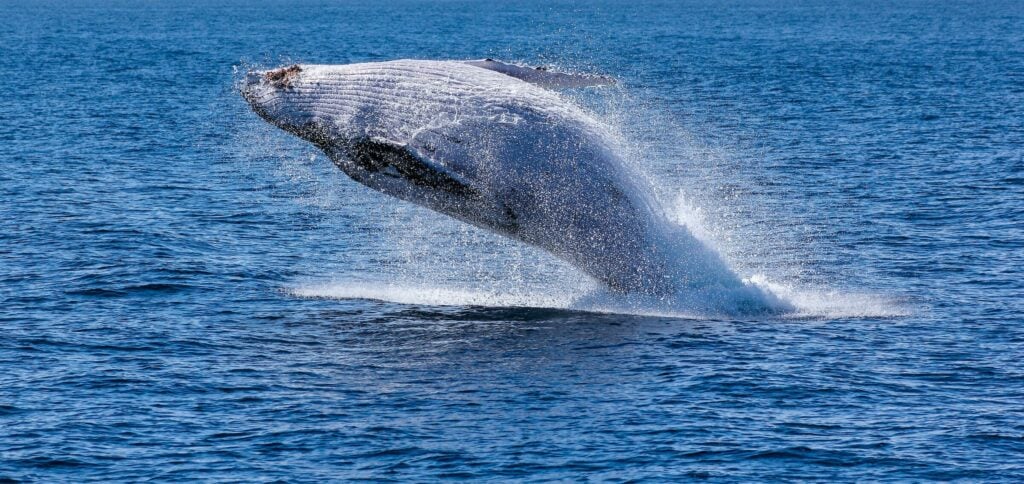☀️ Temperature in Europe rose more than twice the world average, warns UN
Temperatures in Europe have increased more than twice the world average in the last 30 years, a faster progression than on other continents – reported the UN this Wednesday (2).
ADVERTISING
According to a report (🇬🇧) released by the World Meteorological Organization (WMO) and the European climate change service Copernicus, temperatures in Europe experienced a considerable increase in the period 1991-2021, with an increase of at least 0,5°C per decade.
“This is the fastest warming among the six regions defined by the WMO”, said the secretary general of this organization, the Finnish Petteri Taalas, in the prologue of the report on the climate in the Old Continent.
The Arctic, which as a whole is warming faster than Europe, is not considered a region by the WMO, spokeswoman Clare Nullis explained to AFP.
ADVERTISING
As a consequence of rapid warming in Europe, the glaciers in the Alps lost 30 meters in thickness between 1997 and 2021.
Furthermore, the Greenland ice sheet is melting, which is contributing to accelerating sea level rise. In the summer of 2021, Greenland recorded rain, for the first time, at its highest point, Summit station.
Europe “offers a vivid image of a warming planet and reminds us that even well-prepared societies are not safe from extreme weather phenomena,” warned Taalas.
ADVERTISING
🐋 Blue whales absorb up to 10 million pieces of microplastics per day, study says
Blue whales would be absorbing up to 10 million pieces of microplastics every day, says a study published this Tuesday (1st), which reveals the impact of a large volume of pollution in these marine mammals.
Fragments of plastic have been found at the bottom of the oceans and in the highest mountains, and even in human organs and blood.
To calculate how much microplastics whales ingest, the researchers did a modeling study, published in the journal Nature Communications. (🇬🇧)
ADVERTISING
Scientists tagged 191 blue, fin and humpback whales living off the coast of California in the United States to track their movements.
“It’s like a Apple Watch (smart watch), on the back of the whale”, explained Shirel Kahane-Rapport, researcher at California State University, Fullerton, and lead author of the study.
The researchers calculated how many daily bites whales take and their size, as well as what they filter, and came up with three scenarios. In the most likely scenario, blue whales would ingest up to 10 million pieces of microplastic per day.
ADVERTISING
Therefore, the largest land animal would also be the largest consumer of microplastics, ingesting up to 43,6 kilograms per day, according to the study.
While one might imagine that whales suck up large amounts of microplastics as they traverse the ocean, researchers have found that this is not the case. In fact, 99% of microplastics enter whales' bodies because they were already inside their prey.
“This concerns us,” said Shirel Kahane-Rapport, since humans also eat these prey.
🌱 USA and United Arab Emirates will allocate US$ 100 billion to promote clean energy
The United States (USA) announced, this Tuesday (1st), a partnership with the United Arab Emirates (UAE) worth US$ 100 billion to promote clean energy, the White House reported.
According to a statement made by White House spokeswoman Karine Jean-Pierre, the Partnership to Accelerate Clean Energy (PACE) wants to develop energy sources with low harmful emissions. The goal is to distribute 100 gigawatts of clean energy by 2035 across the world.
Both countries will also invest in the management of harmful emissions such as carbon and methane, in the development of nuclear technology and in the decarbonization of the industrial and transport sectors.
The funds will also be allocated to support “emerging economies, whose clean development does not have sufficient financing and is essential to the global climate effort”, added the text.
“PACE also reflects our unwavering commitment to working closely with allies and partners to accelerate the clean energy transition and act on climate change, as our shared future depends on it,” he said.
Read also
(To AFP)
O Curto Verde is a daily summary of what you need to know about the environment, sustainability and other topics linked to our survival and that of the planet.
(🚥): may require registration and/or signature
(🇬🇧): content in English
(*): content in other languages is translated by Google Tradutor





